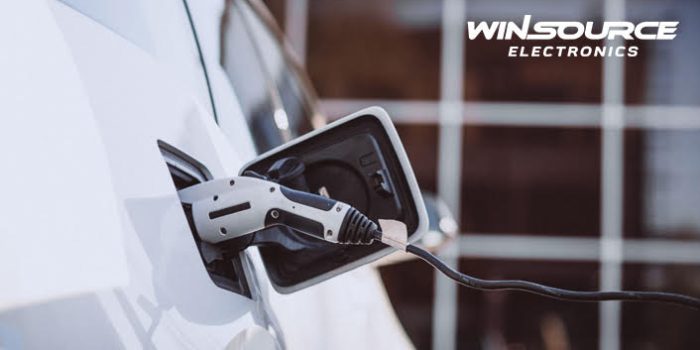Electric vehicles (EVs) have emerged as a significant force in the automotive market, blending economic value with environmental consciousness. However, the recent slowdown in EV production by major automakers raises questions about the future of this technology.
The Technical and Market Challenges
Technical Problems in EV Development
EVs face challenges like inadequate charging infrastructure and safety concerns. These issues are critical in shaping the future trajectory of EV technology.
- Battery Technology and Range Anxiety: One of the most significant challenges in EV development is the limitations of current battery technology. Despite recent advancements, many EVs still suffer from limited range compared to traditional internal combustion engine vehicles. This limitation, often referred to as “range anxiety,” is a major concern for consumers considering the switch to electric.
- Charging Infrastructure: Another critical issue is the lack of widespread and efficient charging infrastructure. While urban areas are increasingly equipped with EV charging stations, rural areas lag significantly. Moreover, the time it takes to charge an EV is substantially longer than refueling a conventional vehicle, posing a challenge for long-distance travel and convenience.
- Cost of Production: The production cost of EVs is currently higher than that of traditional vehicles, primarily due to the expensive batteries. This cost factor is a significant barrier to the widespread adoption of EVs, as it makes them less accessible to a broader range of consumers.
- Battery Life and Degradation: EV batteries tend to degrade over time, which reduces their range and efficiency. The longevity of batteries and the cost of replacement are major concerns for both manufacturers and consumers.
- Thermal Management: Efficient thermal management is crucial for EVs, particularly for the battery. Batteries operate best within a specific temperature range, and maintaining this range requires sophisticated cooling systems, which can be challenging and expensive to design and implement.
- Safety Concerns: Safety is another major area of focus. EV batteries pose unique risks, such as the potential for thermal runaway – a condition where batteries overheat and potentially catch fire. Ensuring safety requires rigorous testing and innovative design solutions.
- Recycling and Environmental Impact: While EVs are cleaner over their operational lifetime, concerns remain about the environmental impact of battery production and disposal. The recycling of EV batteries is a complex and costly process, and there’s a need for more efficient recycling systems to mitigate the environmental impact.
- Power Grid Strain: As EV adoption increases, there is a concern about the additional strain on power grids. Upgrading grid infrastructure to support widespread EV charging is a significant challenge, especially in areas with already overburdened power systems.
Declining Market Demand and Its Implications
- The demand for EVs has seen a recent dip. This can be attributed to the public’s hesitation due to existing technical challenges and the need for more robust support from governments.
The Role of Government in EV Development
- Governments worldwide play a pivotal role in promoting cleaner travel options, including the development of EVs and public transportation networks.
The Future of Electric Vehicle Technology
Advances in Electric Vehicle Components
- The evolution of core components like IGBT and Modfest, and the incorporation of new materials like gallium nitride and silicon carbide, are paving the way for more efficient EVs.
Differentiating Electric from Internal Combustion Engines
- The future of EVs also lies in distinguishing their capabilities and efficiency from traditional internal combustion engines.
Integration with Market Needs
WIN SOURCE is actively monitoring market changes, adjusting supply chains, and managing inventory to align with evolving industry needs. It is an electronics distributor, can help customers jointly resist the risks of market changes and ensure the stability of the supply chain.
Electric vehicles hold vast potential for the future, intertwined with technological advancements and the global push for environmental sustainability. The enhancement of public facilities will further boost the EV market.
The journey of electric vehicles is complex yet promising. As technology evolves and market dynamics shift, EVs stand at the forefront of a sustainable automotive future.
FAQs
- Why has there been a slowdown in EV production?
- The slowdown is due to technical challenges and market demand fluctuations.
- What are the key technical challenges facing EVs?
- Key challenges include charging infrastructure, safety issues, and component efficiency.
- How is the government contributing to EV development?
- Governments are promoting cleaner travel options and supporting the development of EV infrastructure.
- What advancements are being made in EV technology?
- Advancements include improved components and differentiating EVs from internal combustion engines.
- What role does WIN SOURCE play in the EV market?
- WIN SOURCE monitors market changes and adjusts its strategies to meet evolving industry needs.


